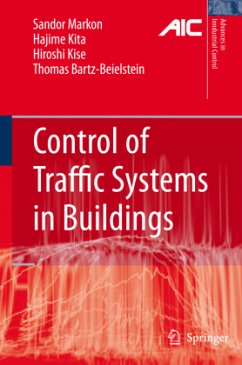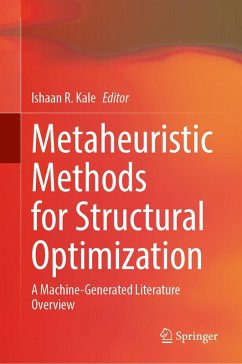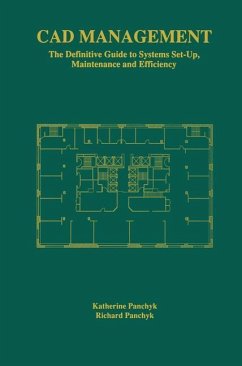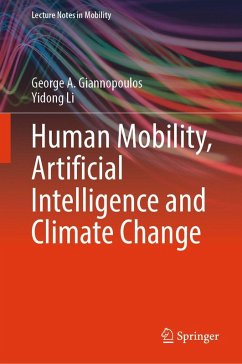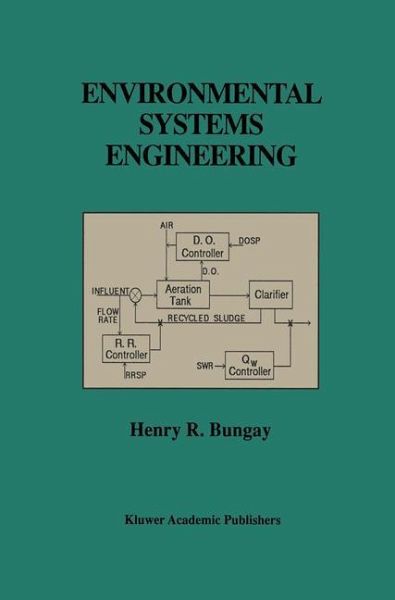
Environmental Systems Engineering
Versandkostenfrei!
Versandfertig in 6-10 Tagen
76,99 €
inkl. MwSt.
Weitere Ausgaben:

PAYBACK Punkte
38 °P sammeln!
Environmental Systems Engineering explains how to use new computerized tools to tackle problems in systems engineering. This book covers: expert systems, fuzzy logic, networks, process dynamics, control and statistical approaches to systems analysis. Computer simulation, mathematical models, and newer methods that apply artificial intelligence and neural networks to environmental problems are emphasized. Each book topic is supported by an interactive web site featuring computer graphics, teaching games and navigational aids. Topics are developed through the use of computer exercises using pr...
Environmental Systems Engineering explains how to use new computerized tools to tackle problems in systems engineering.
This book covers: expert systems, fuzzy logic, networks, process dynamics, control and statistical approaches to systems analysis. Computer simulation, mathematical models, and newer methods that apply artificial intelligence and neural networks to environmental problems are emphasized.
Each book topic is supported by an interactive web site featuring computer graphics, teaching games and navigational aids. Topics are developed through the use of computer exercises using practical problems as examples.
This book covers: expert systems, fuzzy logic, networks, process dynamics, control and statistical approaches to systems analysis. Computer simulation, mathematical models, and newer methods that apply artificial intelligence and neural networks to environmental problems are emphasized.
Each book topic is supported by an interactive web site featuring computer graphics, teaching games and navigational aids. Topics are developed through the use of computer exercises using practical problems as examples.









